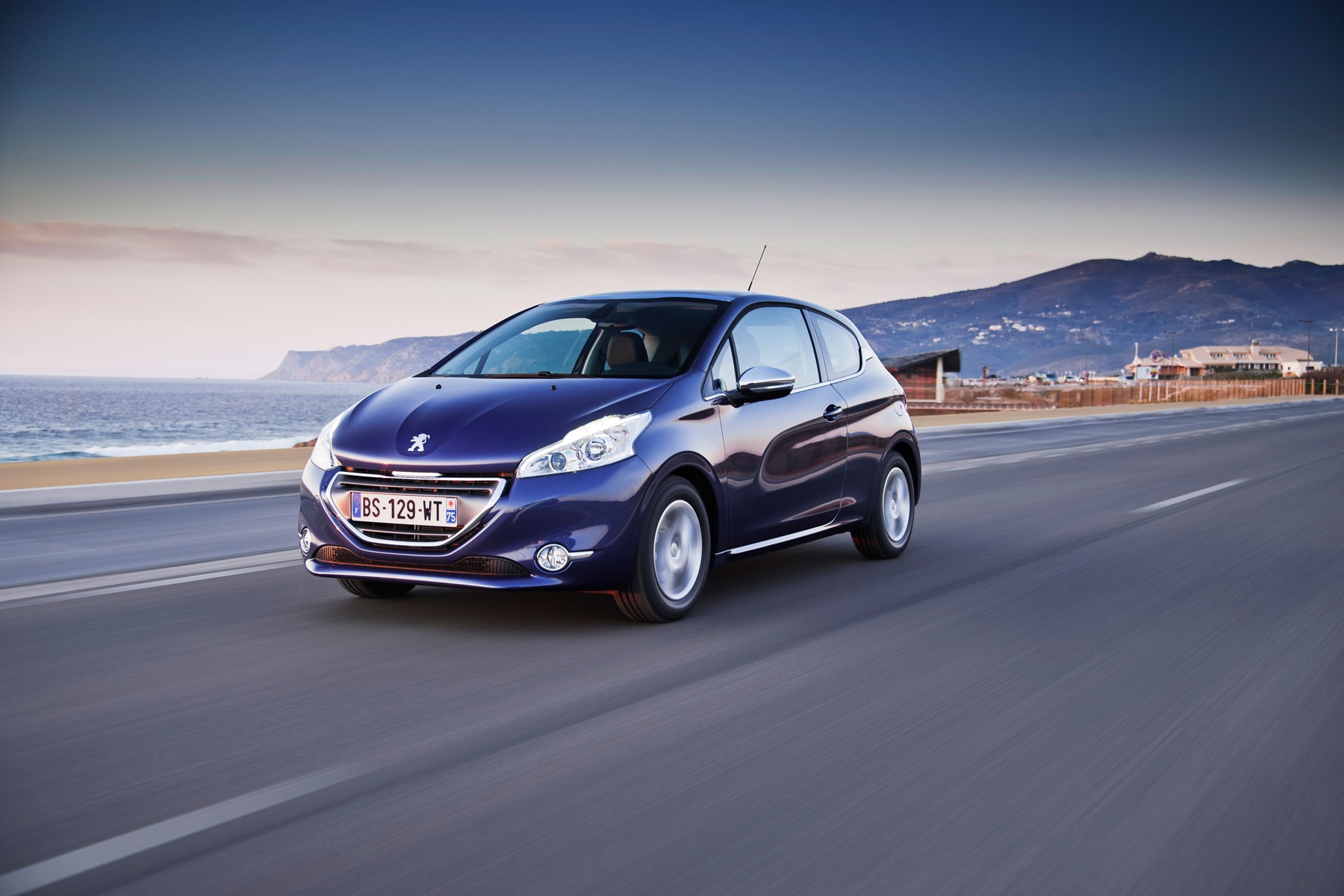With the launch of the new generation of trichylindrical engines, Peugeot is committed to sustainable mobility without sacrificing the pleasure of driving. Peugeot seeks a continuous improvement in the performance of thermal motors the consolidation of its Downsizing strategy of gasoline and diesel engines, the generalization of particle filters, the maximum diffusion of its efficient Stop & Start system, diesel-electric hybridization and electric propulsion, among other technological trends.
With all this, the average emissions of the range have been established at 125.2 g/km at the end of May 2012, compared to the 128.6 g offered in 2011. Thus, 79% of Peugeot vehicles emit less than 140 g/km of CO2.
Modern 3 -cylinder engines arrive on
208 gasoline premieres new generation of 3 -cylinder engines developed by the PSA group. This new family has been made up of two displacements: 1.0 and 1.2 liters.
The new Peugeot Downsizing engines have been developed from a very ambitious specifications that include the reduction of CO2 emissions, reduction of consumption, maximum compactness and weight optimization, with a specific power of 50 kW/L for the benefit of the pleasure of driving and performance. Thus, the weight of the new 3 cylinders 1.2 L VTI is 21 kg lower in relation to a unit of 4 equivalent power cylinders, while its consumption and emissions are 25% lower.
This result is the fruit of an important R&D work, specified in 52 patents that demonstrate the industrial and technological competences involved. 23 of these patents refer to the motor architecture and their peripherals, 20 to the control of the motor and 9 to the specific manufacturing processes and tools.
Efficient technologies of the 208 tricylindrical
known with the internal EB code, the new three -cylinder engines used by 208 are a real technological showcase. Friction losses suppose a fifth of the power consumed by an engine and are, therefore, a very important element in the development phase. In the new EB compact blocks have been reduced by 30% thanks to the use of different technologies:
- Diamond Like Carbon coating on piston axes, segments and pushers.
- Wet distribution strap integrated into the crankcase, which also involves improving the silence of operation.
- Desalineado of the pistons.
In addition, combustion has been optimized with the improvement of camera aerodynamics (admission ducts, piston head) and ignition adaptation to function with a high percentage of exhaust gases (EGR).
For its part, the butt, aluminum alloy, is equipped with four valves per cylinder, multipoint indirect injection and continuous variable distribution both in admission and escape (VVT). This cylinder head is made with the PMP method - discarded mold process - that the Charleville engines factory (France) is one of the few in the world that dominates perfectly. This industrial process reduces the number of pieces and the volume of the set. Therefore, in the new EB engines, the exhaust collector, the cooling output module and the motor support are integrated into the cylinder head.
EB Peugeot motors of 3 cylinders also have other refinements such as the variable flow oil pump, which is electronically managed to provide at all times the optimal pressure for the correct lubrification of the propeller.
Also, to quickly increase the operating temperature and reduce CO2 emissions, the cooling cooling type. When starting, cylinder head and cylinder block they work with separate circuits to increase its temperature faster.
The 1.2 L VTI is equipped with a counter-contracted tree to improve acoustic comfort and vibrations.
As a start of this new generation of engines, 1.0 L VTI 50 kW (68 hp) allows 208 to propose a family of gasoline that starts at 99 g of CO2/km of homologated emissions and in 4.3 l/100 km of consumption in mixed cycle, which is a saving of 46 gy 2 l/100 km over the previous engine. The range is completed with 1.2 L vti 60 kW (82 hp) of 104 g/km of CO2.
3 cylinders that anticipate future regulations
during 2013, the EB range will be completed with a version with Stop & Start of 1.2 L VTI that will be associated with a piloted gearbox. In 208, CO2 emissions will then lower to 95 g/km.
Below will come new evolutions based on avant -garde technology, such as supercharging and latest generation direct injection. Because, from the beginning of their development, these engines were thought to meet future environmental regulations, especially Euro 6.























































